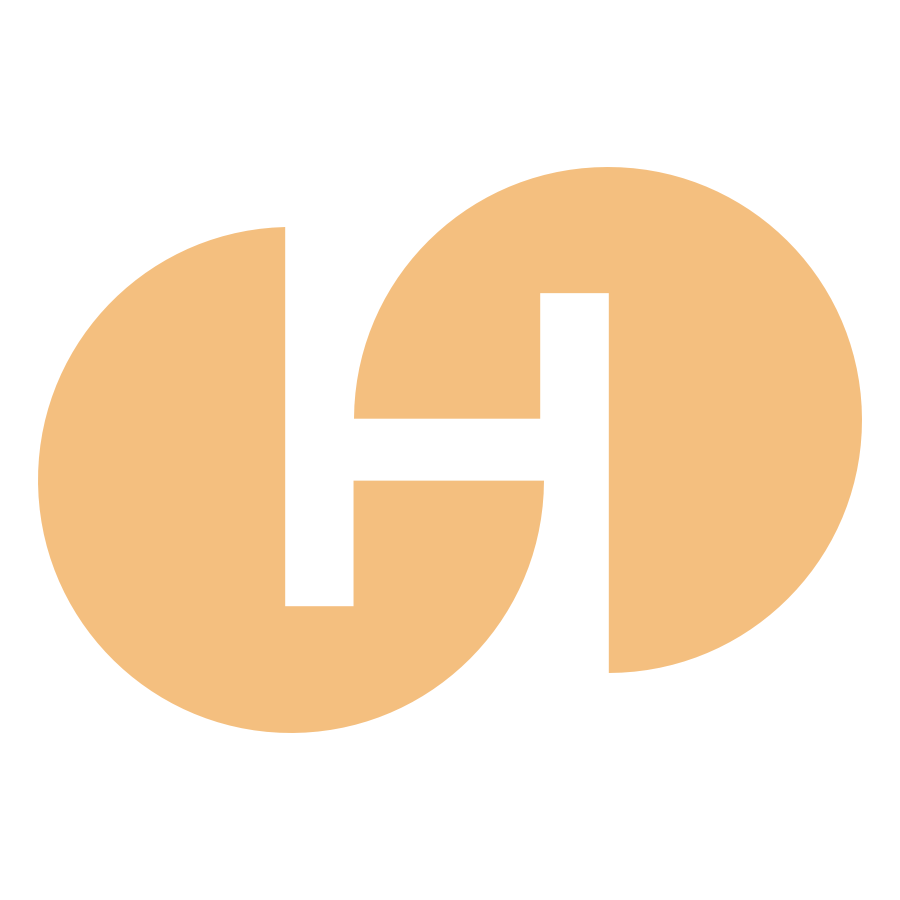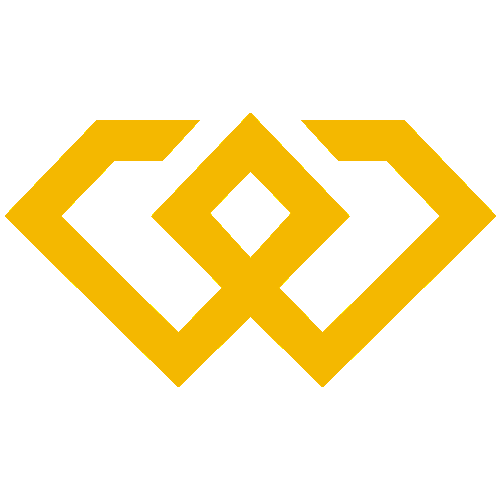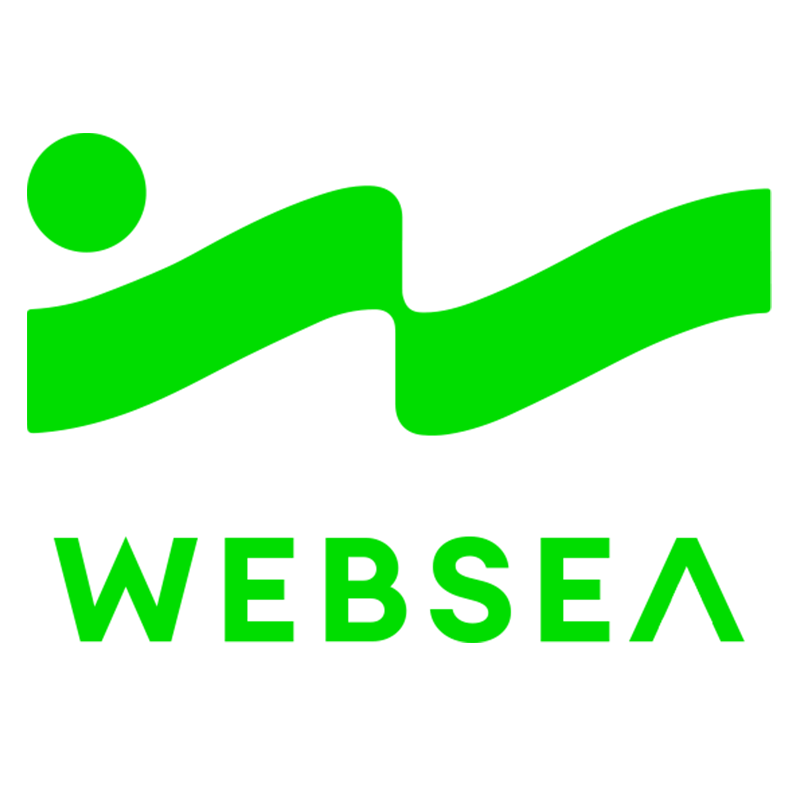
PEOPLE
项目开始时间

2021年11月19日
关于
Background IntroductionConstitutionDAO was a decentralized autonomous organization (DAO) formed in November 2021 with the primary goal of purchasing an original copy of the U.S. Constitution at a Sotheby's auction. The project gained significant attention and raised over $47 million in ETH from thousands of contributors within a short period. Although the bid was ultimately unsuccessful, ConstitutionDAO became a notable case study in decentralized crowdfunding and community-driven initiatives.Core Website ContentThe website serves as an informational hub for ConstitutionDAO, detailing its mission, structure, and outcomes. Key sections include: 1) Project Overview - explaining the DAO's purpose and the Constitution auction; 2) Governance - outlining how decisions were made collectively; 3) FAQ - addressing common questions about contributions and refunds; 4) Press Coverage - showcasing media attention; 5) Wrapped ETH (WETH) redemption process for contributors.Technical FeaturesConstitutionDAO leveraged Ethereum blockchain technology with several technical components: 1) Smart contracts for fund management and governance; 2) Juicebox protocol for fundraising; 3) Multi-signature wallets for treasury management; 4) Discord and Snapshot for community coordination and voting; 5) Transparent on-chain tracking of all transactions. The project demonstrated how DAOs can quickly mobilize resources using Web3 technologies.Token EconomicsThe project issued PEOPLE tokens as governance tokens representing contributions. Key economic aspects: 1) 1 ETH = 1,000,000 PEOPLE tokens during fundraising; 2) Tokens granted voting rights in DAO decisions; 3) No monetary value was promised - purely governance utility; 4) After the failed bid, contributors could redeem their ETH (minus gas fees) or keep PEOPLE tokens; 5) The token later developed secondary market trading on some exchanges.Competitor ComparisonCompared to other DAOs: 1) Unlike investment DAOs (e.g., The LAO), ConstitutionDAO had a single, time-bound mission; 2) Compared to collector DAOs (e.g., PleasrDAO), it focused on historical rather than digital artifacts; 3) Unlike protocol DAOs (e.g., MakerDAO), it lacked ongoing operations; 4) Similar to Krause House (sports-focused DAO) in community passion but more narrowly focused; 5) More transparent than some DAOs with clearer exit mechanisms.Risks and ChallengesMajor challenges included: 1) Auction failure risk - ultimately couldn't outbid competitors; 2) Legal uncertainties around DAO structures and artifact ownership; 3) High Ethereum gas fees during refund process; 4) Coordination challenges in rapid decision-making; 5) Post-failure identity crisis about the DAO's continued purpose; 6) Speculative trading of PEOPLE tokens creating potential regulatory concerns.Industry FutureConstitutionDAO's legacy influences: 1) Demonstrated DAOs' potential for cultural preservation; 2) Highlighted need for better legal frameworks for DAOs; 3) Inspired more single-purpose DAOs; 4) Showcased both strengths (rapid mobilization) and weaknesses (post-mission clarity) of the model; 5) Contributed to discussions about token utility in temporary organizations; 6) May inspire hybrid models combining DAOs with traditional entities for physical asset ownership.ConclusionConstitutionDAO represents a significant milestone in DAO development, showcasing both the potential and limitations of decentralized organizations. While unsuccessful in its primary mission, it proved the viability of rapid, large-scale decentralized coordination. The project highlighted technical capabilities of Web3 while exposing real-world challenges. Its legacy continues to influence how DAOs approach physical asset acquisition, temporary structures, and community engagement in the blockchain space. 更多>
























































 看多
看多
 看空
看空